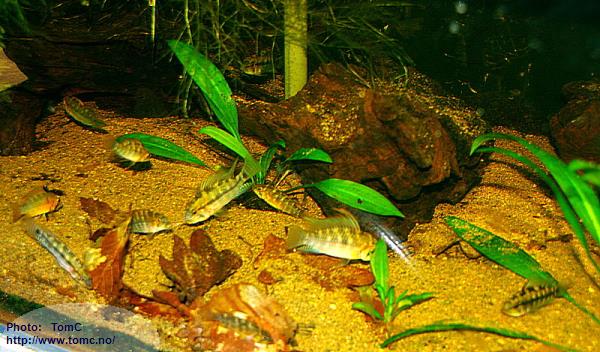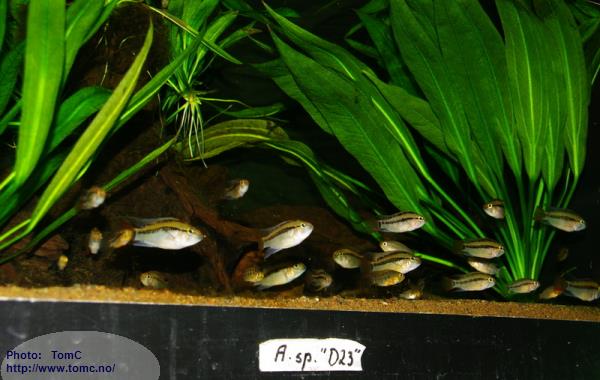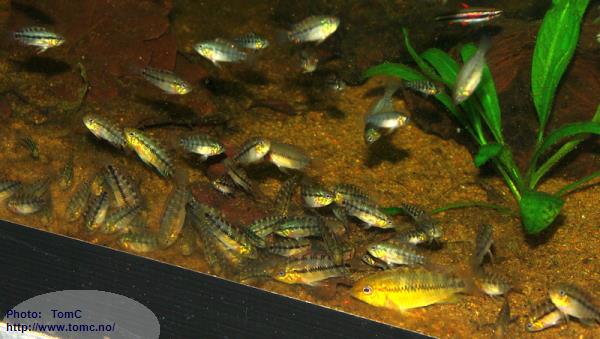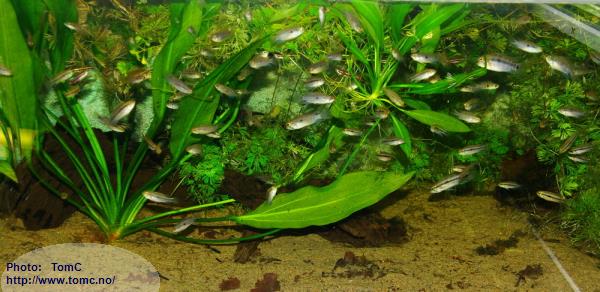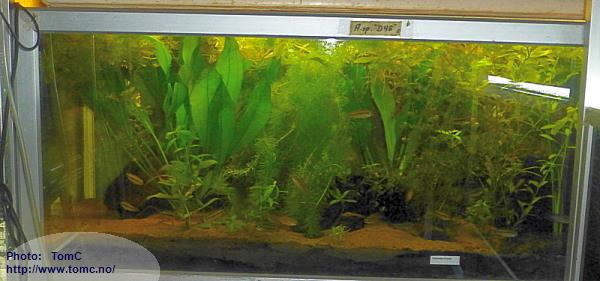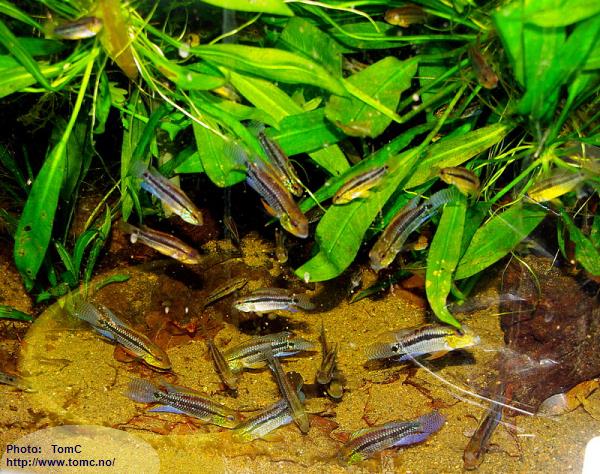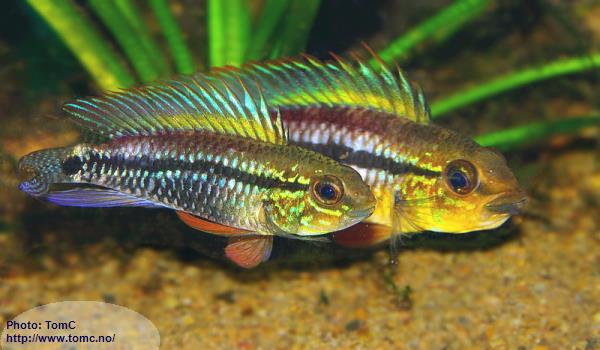I'm just starting to setup the 48inch x 30 inch aquarium. it will have hth substrate - my target stocking is right now:
3 male Shishita Bitaeniata and 5 females
20 to 30 hatchet fishes since the tank is fully enclosed and 0 chance they will jump out:
-
question: will Mortenthaleri pencil fishes - maybe 5-8 males and 10 females (i know the males fight but they will have a fair amount of area)
question: will a pair of Dicrossus work or will they fight with the shishita bitaeniata in an aquarium this large ?
3 male Shishita Bitaeniata and 5 females
20 to 30 hatchet fishes since the tank is fully enclosed and 0 chance they will jump out:
-
question: will Mortenthaleri pencil fishes - maybe 5-8 males and 10 females (i know the males fight but they will have a fair amount of area)
question: will a pair of Dicrossus work or will they fight with the shishita bitaeniata in an aquarium this large ?
